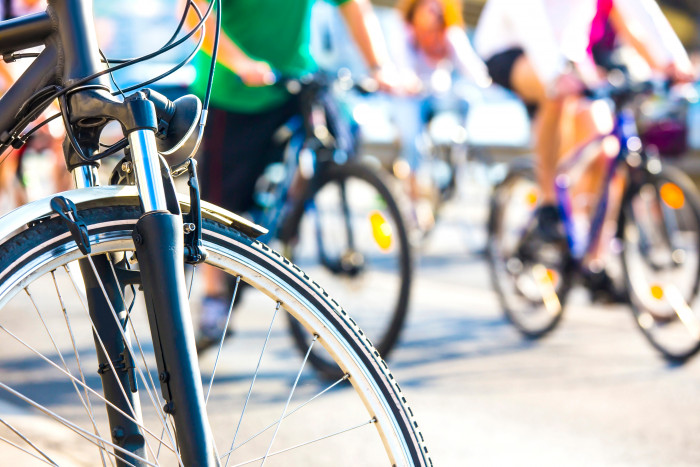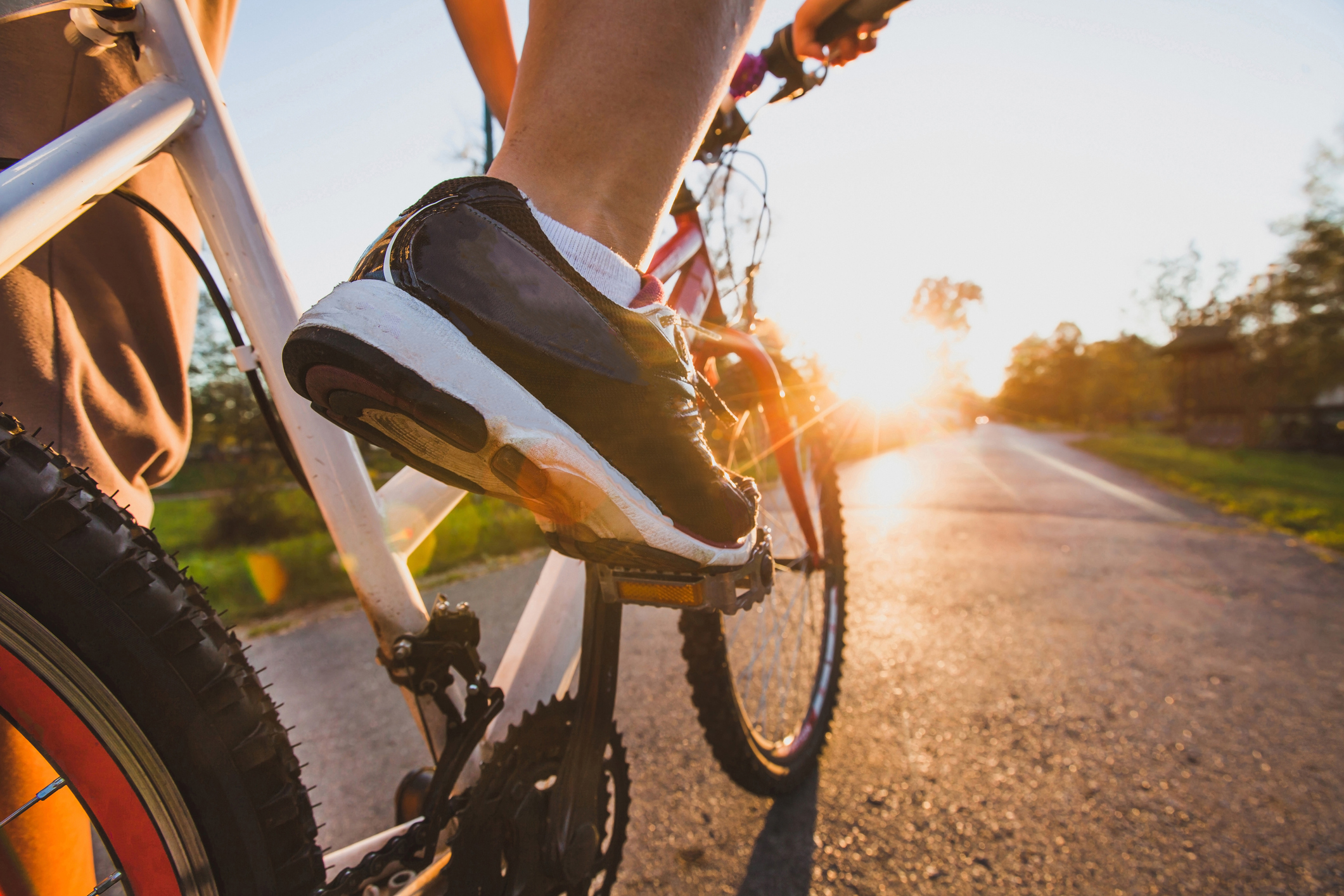
A Guide to City Cycling & Commuting.
Cycling in UK cities has never been more popular. With rising public transport fares, congested roads, and a push towards greener travel, more people are swapping train platforms and traffic jams for the freedom of two wheels. But to make it work long-term, you’ll need more than just a bike—you’ll need a solid plan for gear, safety, parking, and route choice. Here’s a few tips to commuting confidently, or just enjoying city life on two wheels.
1. Choosing the Right Setup
The best bike for city cycling is the one that suits your journey—not just the one that looks good.
Hybrid bikes are a safe bet for most commuters: fast on roads but more comfortable than pure road bikes. If you're tight on space or need to take your bike on trains, a folding bike might be ideal. For rougher towpaths or hilly routes, a gravel or light touring bike adds stability. For more casual riders or leisure cycling around parks and riverside paths, a classic step-through frame with upright handlebars can be a great choice.
Key accessories worth having from day one:
- Mudguards – nobody enjoys the wet stripe up the back!
- Decent lights – front and rear, rechargeable, minimum 200 lumens.
- Bell – not just polite, it’s required by law on new bikes sold in the UK.
- Rack and panniers – better for posture and sweat levels than a backpack.
- Lock – more on this below, but go for a Sold Secure D-lock.
If you’re commuting in busy areas, you might also want:
- Clip-on mirror to keep an eye on traffic.
- Waterproof pannier or dry bag for work clothes or laptops.
- Phone mount for easy navigation.
2. What to Wear (Without Overthinking It)!
You don’t need to look like you’re in the Tour de France. For most urban rides, everyday clothes are fine—but it helps to think about layers and weatherproofing.
- Waterproof jacket: Breathable and lightweight is ideal.
- Gloves: Even spring mornings can be bitter, and grip matters.
- Shoes: Avoid anything with a slippery sole if you're using flat pedals.
- Hi-vis? Optional, but anything bright helps, especially in dull light.
If you’re cycling to work, pack your work clothes and change at the office. Some workplaces offer showers or changing facilities—worth asking.
3. Cycling Safely in Traffic
City roads can feel intimidating at first. But with a bit of practice and good habits, you’ll grow in confidence.
- Don’t ride in the gutter – Stay at least 1 metre from the kerb to avoid drains, debris and the dreaded “door zone.”
- Use your position – At junctions, take the centre of the lane to stop drivers squeezing past.
- Signal clearly – Indicate early and make your intentions obvious.
- Stay visible – Make eye contact where you can and use lights even during the day.
Know your rights too—filtering through traffic is legal in the UK, but caution is key, especially around lorries and buses.
For leisure riders, these same safety tips apply. But be especially careful where shared-use paths cross roads, or when mixing with pedestrians in busy areas like city parks or waterfront paths.
4. Keeping Your Bike Safe
Bike theft is one of the top reasons people give up cycling. But there are ways to make your bike a far less attractive target.
- Invest in a strong lock – D-locks rated Gold by Sold Secure are best - and a requirement for most insurance policies.
- Lock it properly – Secure the frame and a wheel to something immovable.
- Don’t leave it in the same place every day – Predictable patterns can attract thieves.
- Remove accessories – Lights, panniers, GPS units—take them with you.
Look for secure cycle hubs if your city has them (some train stations and shopping centres do), and register your bike with the national BikeRegister scheme.
5. Where to Ride: Best Urban Routes for Commuting & Leisure
Whether you're heading to the office or out for a weekend spin, cities across the UK are improving their cycling infrastructure with more traffic-free routes, better signage and dedicated paths.
London – The Regent’s Canal Path offers a peaceful route for leisure riders, while Cycleway 3 and newer protected lanes like Cycleway 4 are brilliant for fast and direct commuting.
Manchester – The Fallowfield Loop is a green commuter route with few road crossings. For leisure, ride along the Bridgewater Canal or through Heaton Park.
Bristol – The Bristol to Bath Railway Path is ideal for both work and weekend rides. Harbourside routes offer scenic detours with café stops.
Glasgow – The Clyde Walkway and Kelvin Way offer a mix of commuting convenience and leisure charm.
Leeds – Try the Aire Valley Towpath for commuting, or enjoy a more relaxed route through Roundhay Park or along the Meanwood Valley Trail.
Apps like Komoot, Strava, and Citymapper (cycling mode) are great for finding the best route for your purpose, whether that’s speed, scenery or minimal traffic.
6. Common Mistakes and Smart Fixes
- Rush hour overload? Leave earlier or later to avoid the worst of it.
- Punctures? Invest in puncture-resistant tyres and carry a repair kit or spare tube.
- Nowhere to store the bike? Folding bikes fit under desks, and many employers now offer secure parking or cycle-to-work incentives.
- Weather worries? Keep a spare pair of socks or waterproof overtrousers in your bag.
Cities are becoming much more bike-friendly with dedicated pathways and great storage options, so whether you’re commuting to the office or just fancy grabbing the bike for a leisurely ride, it’s never been easier—or more enjoyable—to get around on two wheels.
